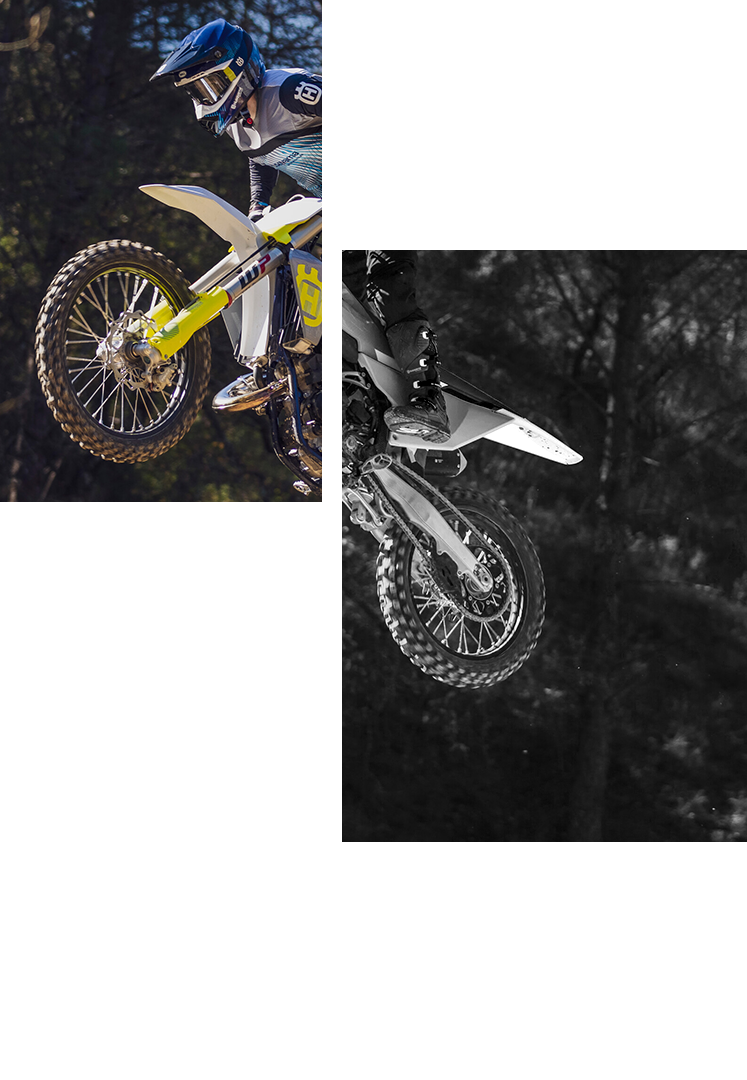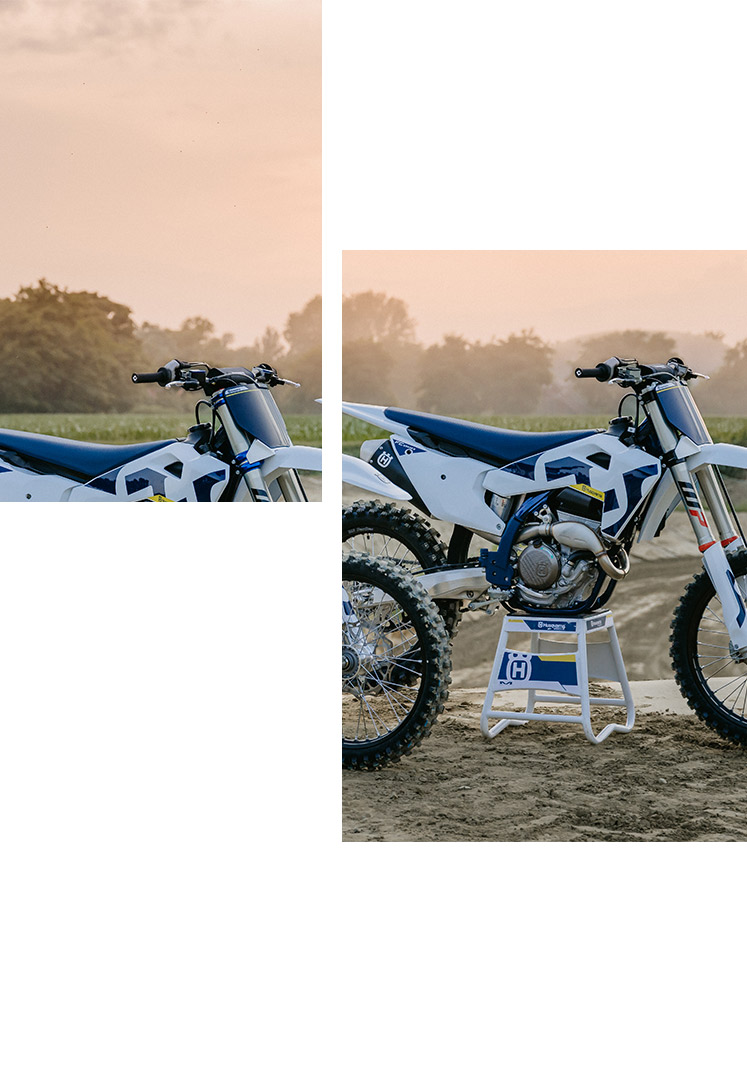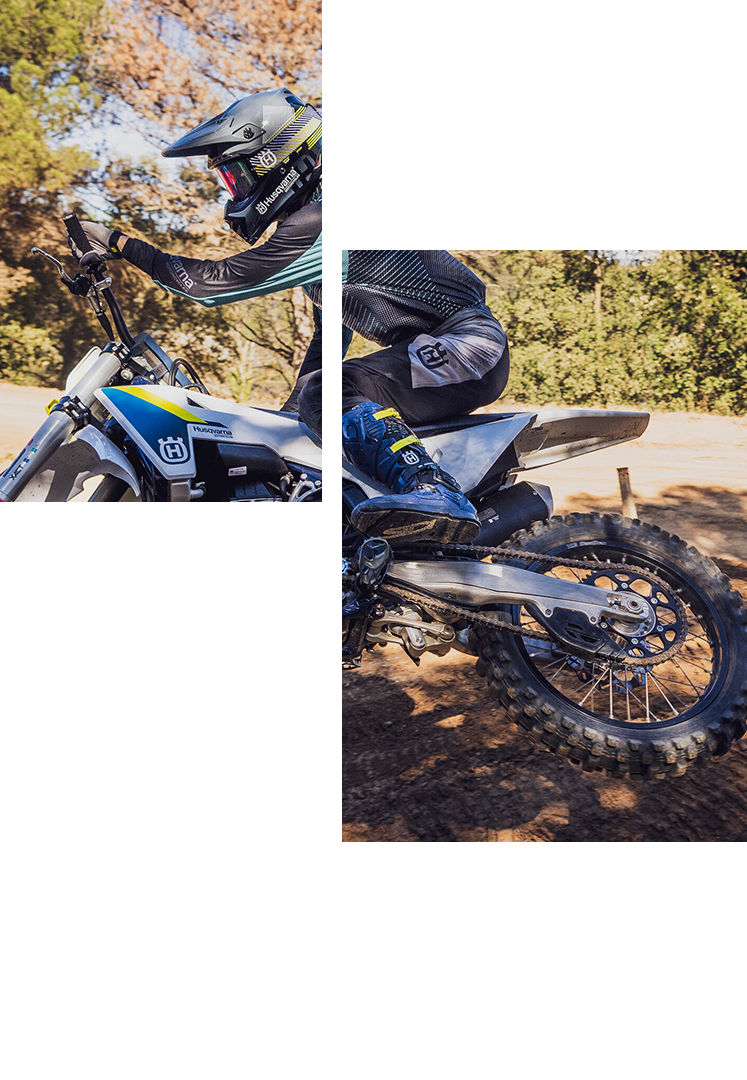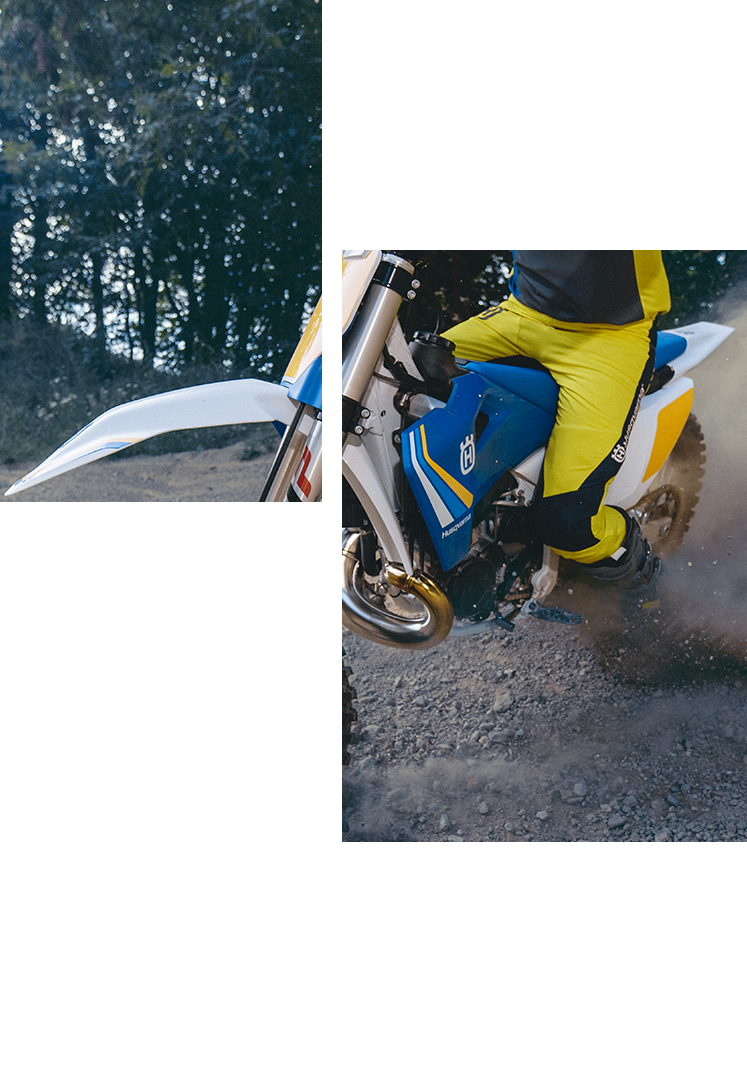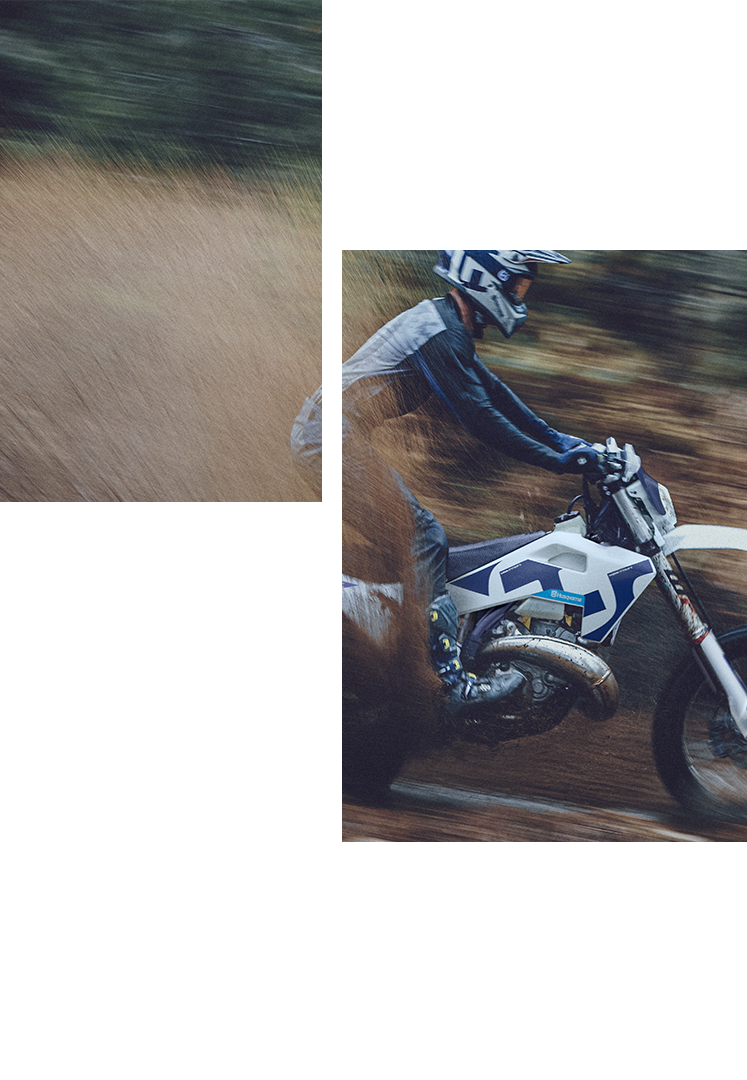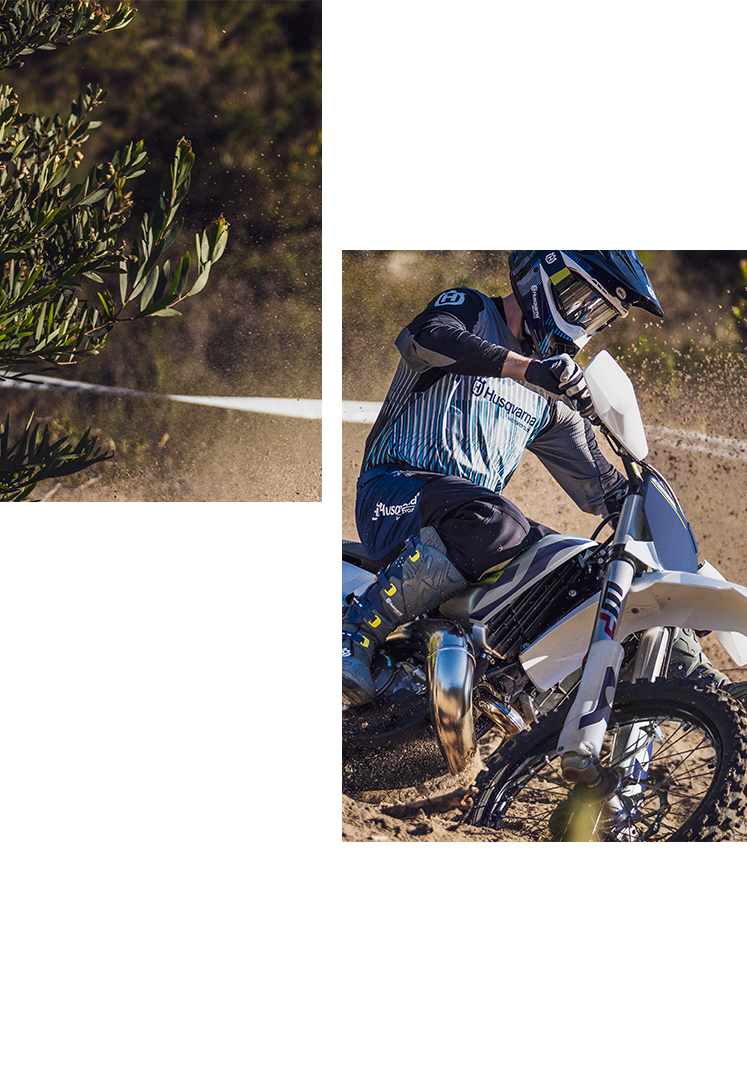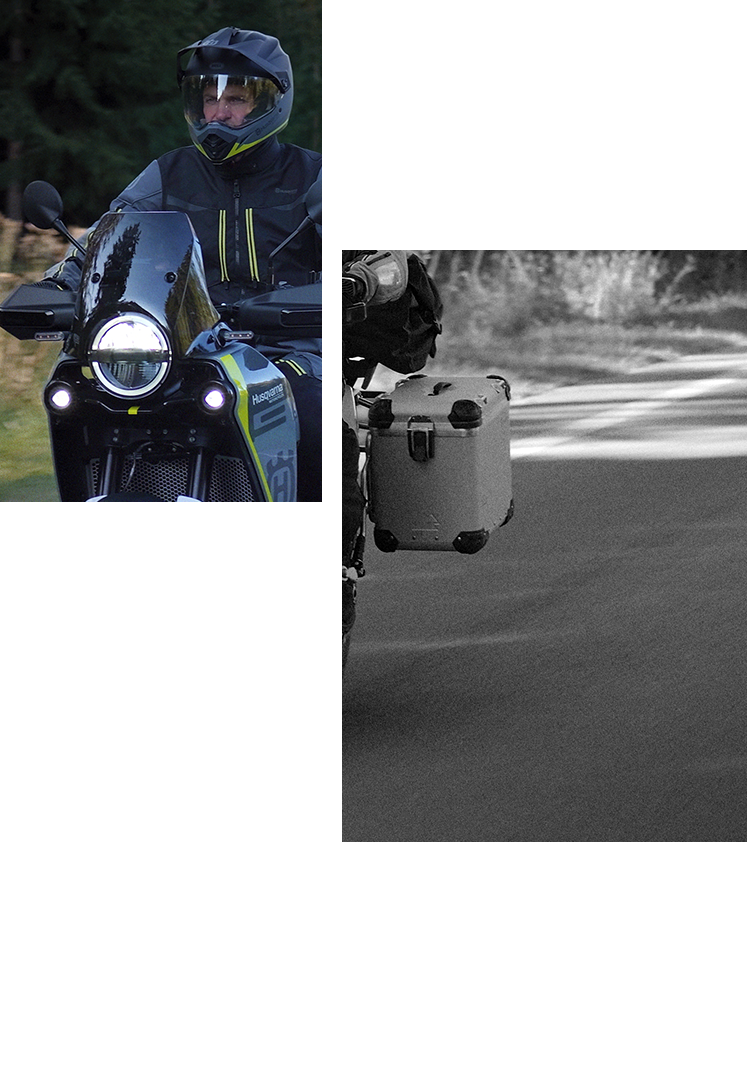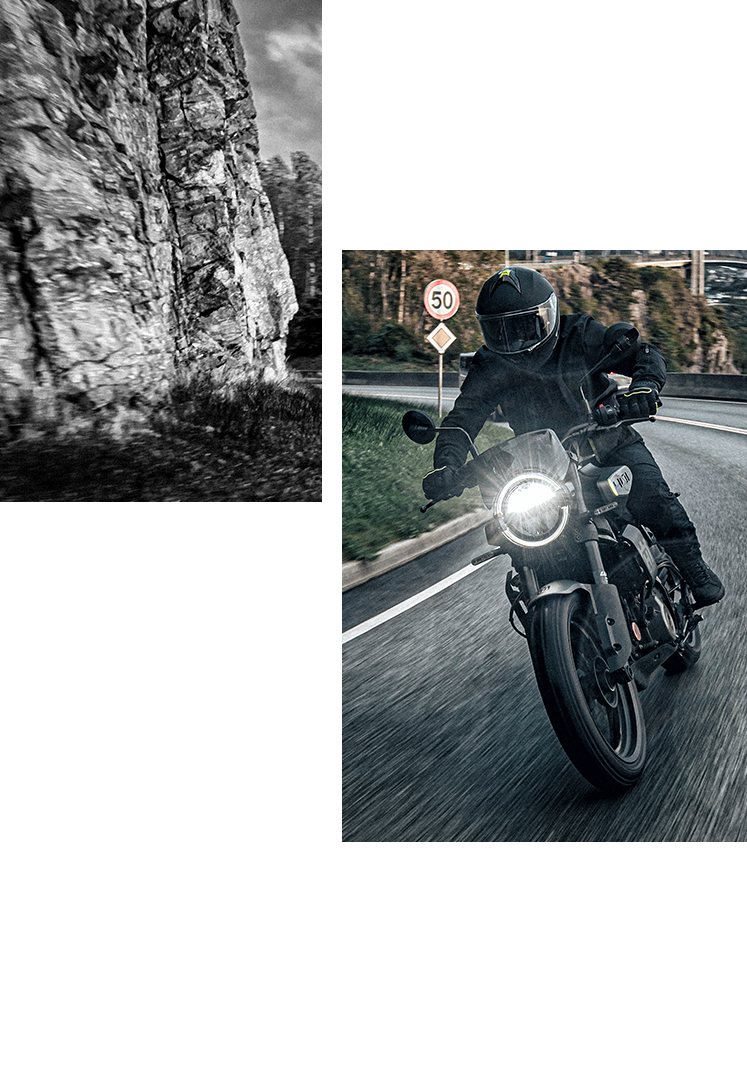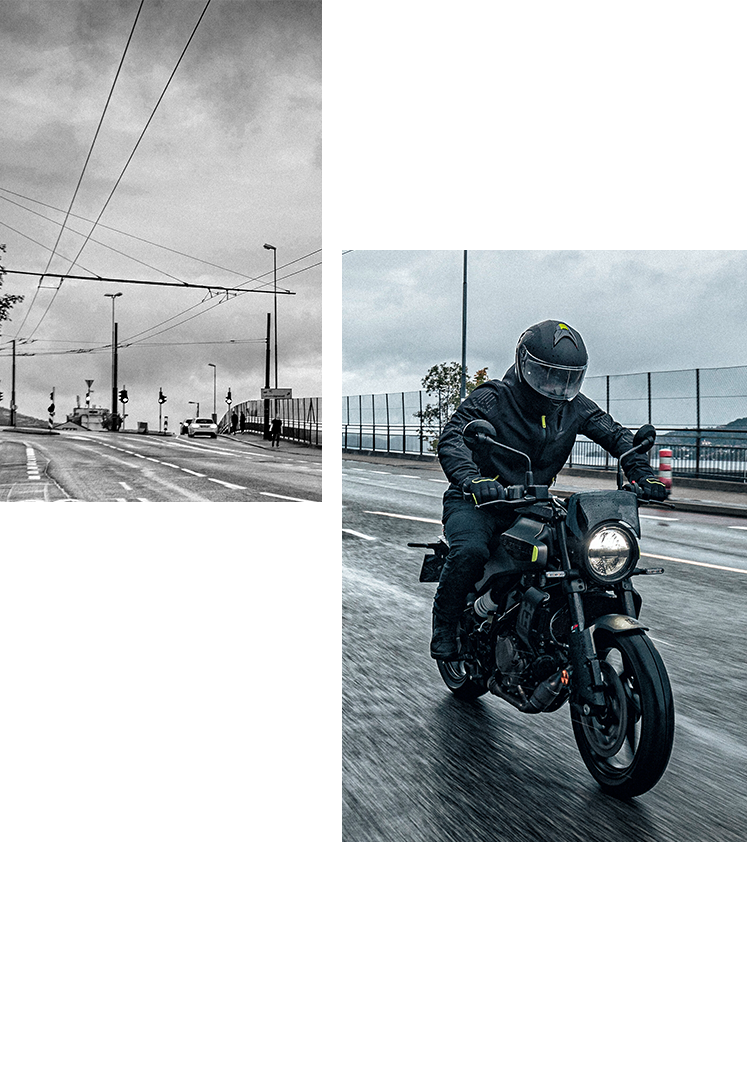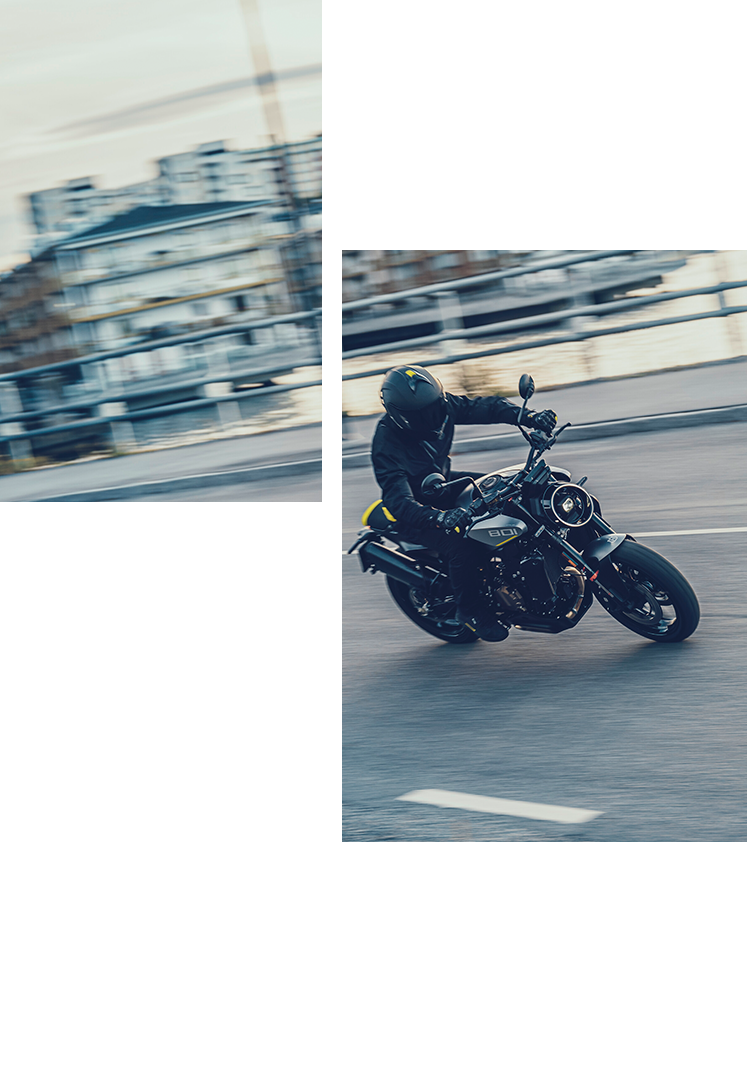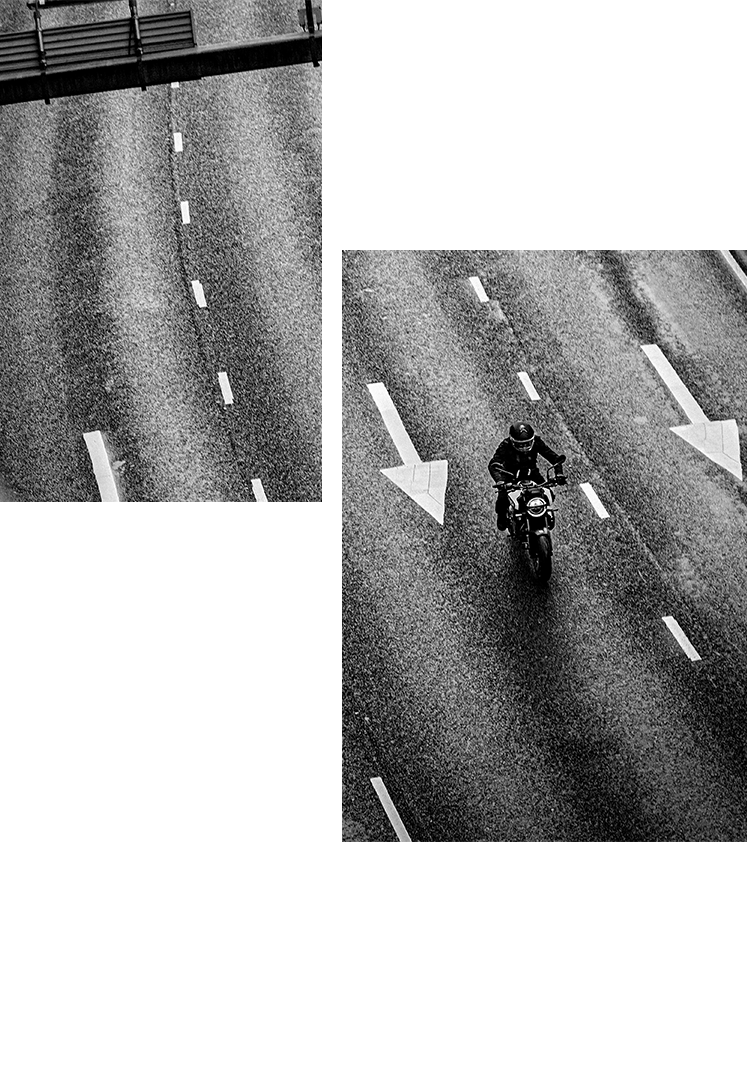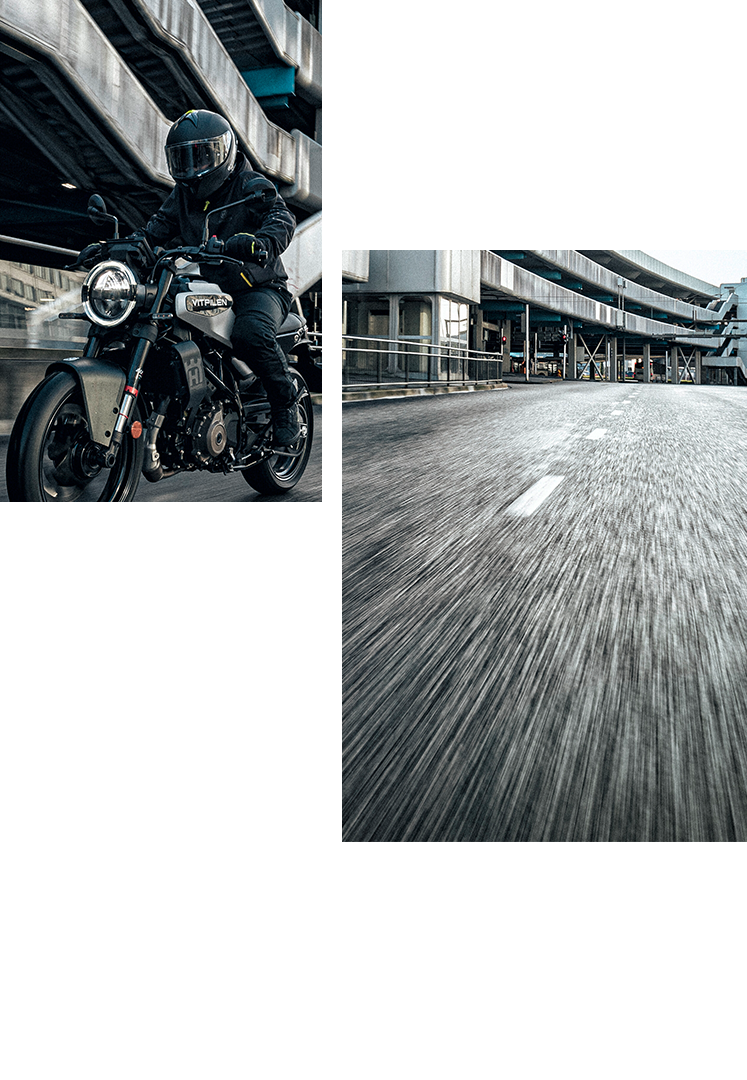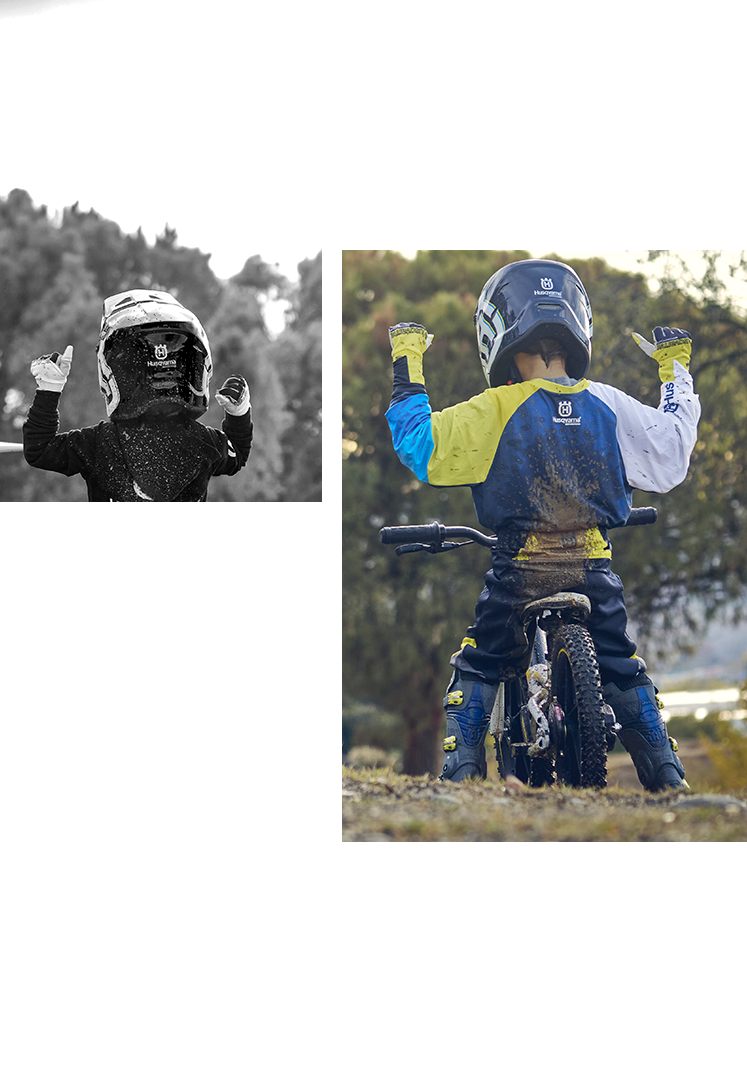For those with petrol and oil in their veins, the moped can be a life-trigger when you're fifteen years of age. For many of these youngsters, the two-wheeler was much more than just passing time on a machine – it was more like a way of living your teenage years. If you like history, the moped can probably be traced all the way back to the vehicle of Gottlieb Daimler back in 1885, almost a century and a half ago. In that period, inventors and producers competed with their technical bravery. A power source enabling easy transportation could be installed in many ways; in the front or in the back... maybe in the frame or then again possibly above on the luggage-rack? The solutions were plentiful. Fascination and imagination were two decisive factors for a colourful choice, solving the transmission problem
50cc Hurricans
By Kenneth Olausson
In the early 50s, Husqvarna decided to produce folklore machines. New legislation opened up for cheap mopeds that at first were no more than bicycles equipped with an engine. The popularity of this new way of transportation grew quickly. It resulted in whirlwinds, such as the Novolette, the Roulette and the Corona, all Avantgarde pilgrim models…
It took decades before Husqvarna discovered the simplest means of transportation. Since its inception in 1903, the Swedish Weapons factory had manufactured motorcycles with a cylinder capacity ranging between 60cc and 994cc. Now, in the beginning of the 50s and thanks to recently introduced Swedish moped legislation, there was suddenly a need for cheap models. They would consist of engines with a capacity of a mere 50cc. Freedom for the people meant moving around with a bike doing 30 km/h without registration, tax, insurance or a riding license. These were the rules, which applied in Sweden for 15-year-old teenagers (and older) as of July 1st in 1952. Mind you, the vehicle had to be equipped with an engine of maximum 0.8 horsepower and two separate brakes. After a week, there were more than a dozen approved power sources around. A few months later the number had increased to more than 40 engines. According to knowledgeable sources, some 60,000 mopeds were sold in 1952 with yearly sales going up to more than 100,000 units. By 1957, it is estimated that there were 400,000 mopeds on the road, used only in Sweden - the fastest growing market in the world in those days!
Husqvarna did not rest on previous laurels. In 1952 they introduced the Novolette model with a 40cc Rex engine, which was imported from Germany. As this novelty was launched, some 2,000 units were manufactured, and Husqvarna sold approximately 25,000 Novolettes in the two first years. Then, Husqvarna's in-house version was presented. A number of the factory’s moped models were sold during the 50s and in the beginning of the 60s. First out was the luxury machine Roulette, designed by the famous Swede Sixten Sason - a man who made his fame and fortune as a successful industrial designer. Sason had the ability to combine shape and contents into an art of teasing futuristic forms. So, also by working on the sophisticated Roulette, Sixten Sason strengthened his position within the automotive industry. All these machines came in double colours and the luxury edition was either painted in orange/black or then in yellow/black with a matching saddle. In 1958 the scooter Corona – Sweden’s only moped model with a free-wheel system – was a great success on the market. The vehicle with the Mexican beer name became very popular as it also had a decent price tag of 1,115 Swedish kronor (approx. 225 US dollars). A year later, it was time again for renewal. Husqvarna now came up with the debut of the Cornette model - with one wheel in the 50s and the other into the 60s. It cost 995 SEK and had the accepted, traditional "Egg-engine" of 50cc. The last fully own-produced Husqvarna moped was launched in 1960 with the simple name of "Lyx" - Luxury, or else the model figures 4012. By now, the factory had abandoned the slide-valve engine in favour of the new piston-controlled manifold. In 1961, the Swedes bought 80,000 mopeds in only one year.
A year later, the Husqvarna mopeds were merged with other Swedish manufacturers. The results were traditional mopeds with little individual flair. The egg-engine was replaced by the "Flinta" (Flintstone) power source and this was the weapons factories last contribution to their moped division. It is said that this "Flinta" machine was developed in more than 60 different shapes. By 1964, more than 750,000 mopeds rolled on Swedish streets and roads. All in all, in the decade that the individual moped brand existed, Husqvarna produced a total of around 170,000 units. Compared with 1.8 million electric waffle irons and 12 million meat grinders, the 50cc two-wheelers were quite a humble production line in the company.








